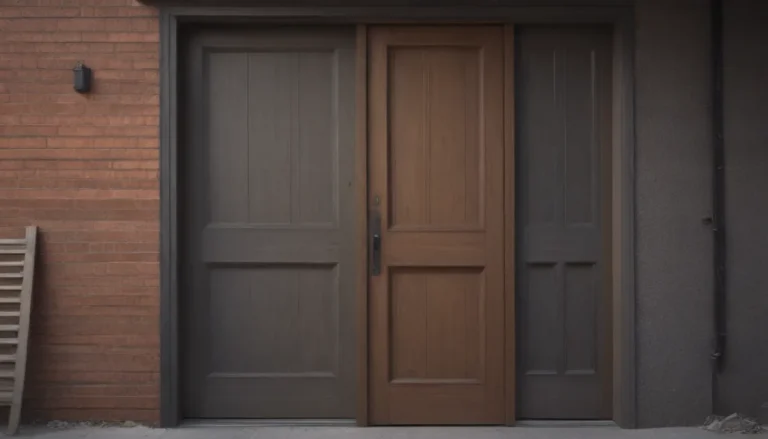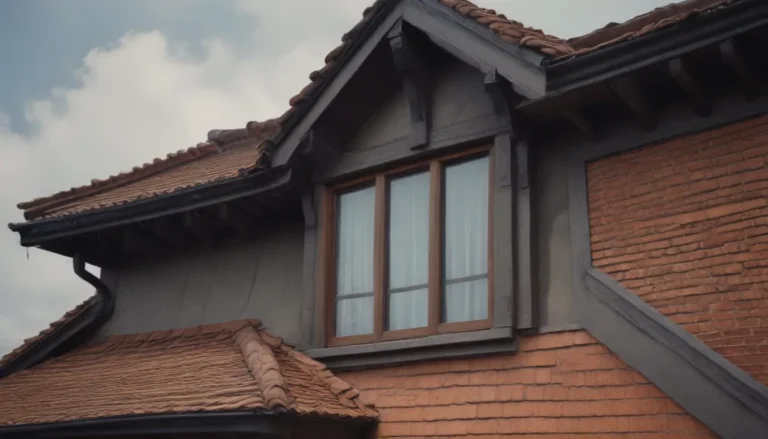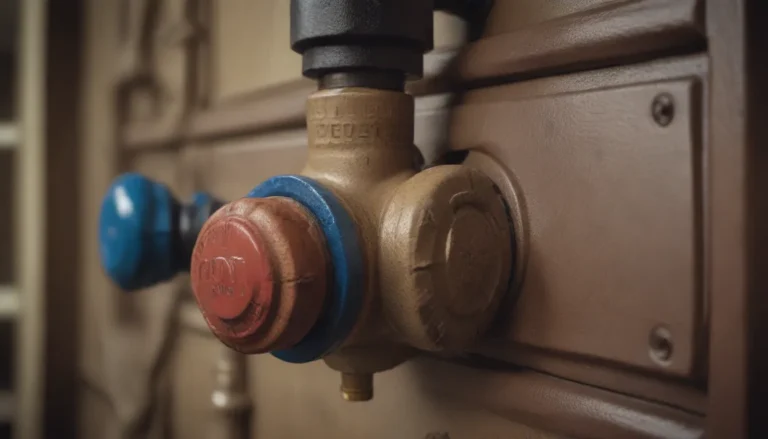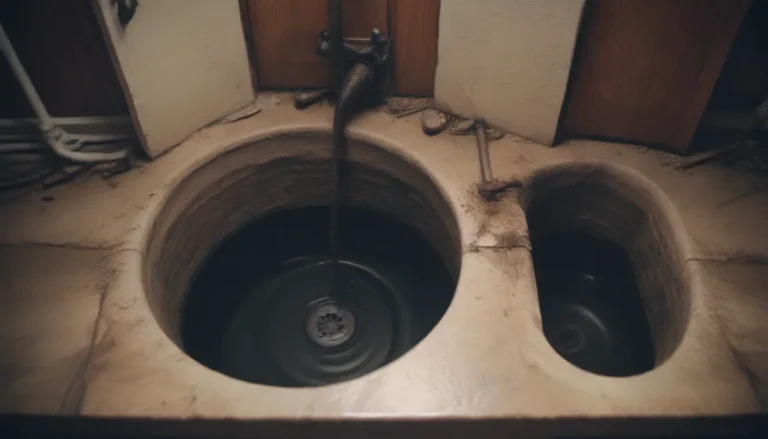A Comprehensive Guide to Different Types of Electrical Wire for Your Home
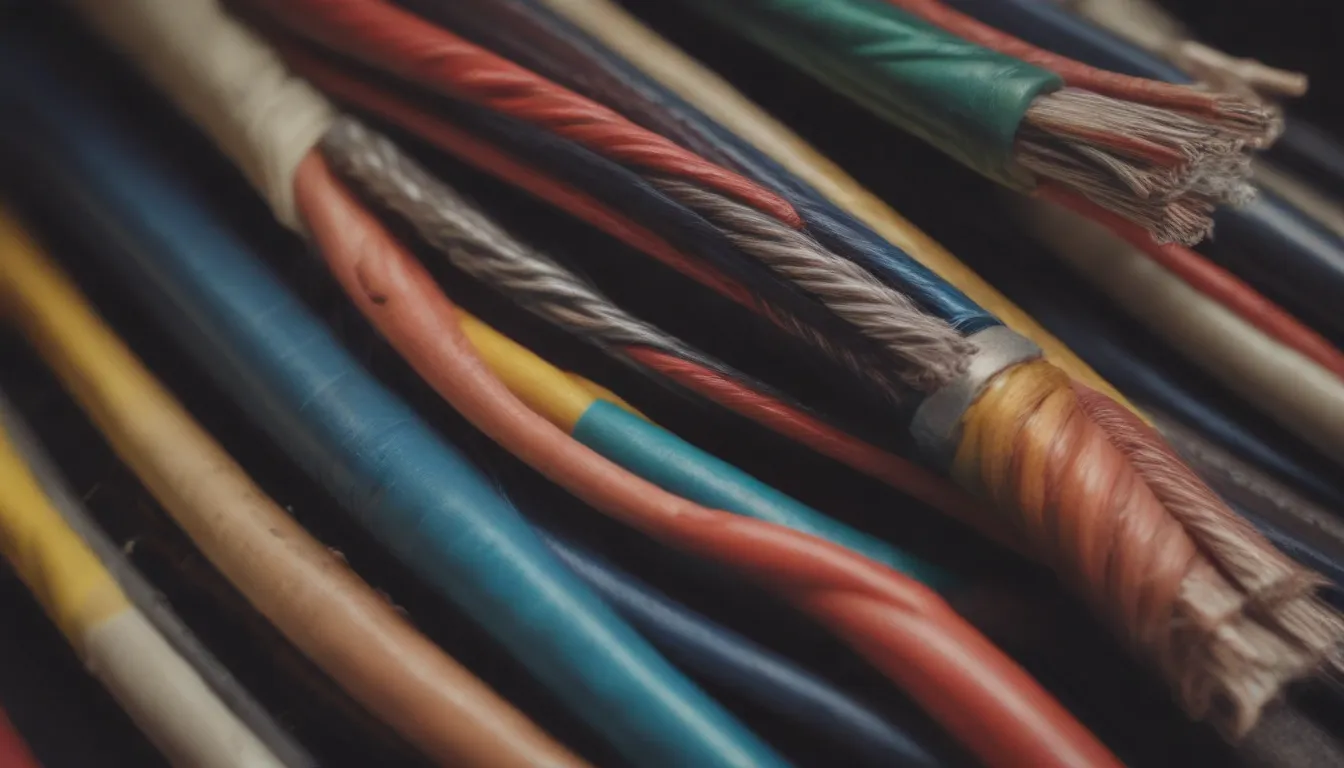
When it comes to electrical work in your home, choosing the right type of wire is crucial. Whether you’re replacing old wiring or adding new electrical lines, understanding the various types of electrical wire available can help you make informed decisions. In this guide, we will explore ten different types of electrical wire commonly used in homes, along with tips on how to choose the right one for your project.
Understanding Electrical Wiring Basics
Before we delve into the different types of electrical wire, it’s essential to understand some basic terminology:
- Conductor: A material that conducts electricity. In household wiring, copper or aluminum are typically used as conductors.
- Insulation: A nonconductive material that wraps around the conductor to prevent electrical shocks.
- Voltage: The amount of electric potential energy present in a circuit. It’s crucial to know the voltage of the wires you’re working with to prevent accidents.
Now, let’s explore ten different types of electrical wire commonly used in residential settings:
1. NM Cable (Nonmetallic Cable)
Best for: Interior use in dry locations
NM cable, commonly known as “Romex,” is one of the most popular types of wiring in modern homes. It consists of two or more insulated wires wrapped inside a protective plastic sheathing. NM cable is ideal for concealed installations in walls, ceilings, and floors.
Tip: NM cables are color-coded to indicate wire gauge, making it easier to select the appropriate size for your project.
2. UF Cable (Underground Feeder)
Best for: Wet locations and direct burial
UF cable is specifically designed for outdoor use, such as supplying power to lampposts. It features insulated hot and neutral wires, along with a bare copper ground wire. UF cables have durable insulation that can withstand exposure to moisture and soil.
Tip: When working with UF cable, always take precautions as it can carry a dangerous amount of voltage.
3. THHN/THWN Wire
Best for: Use inside conduit
THHN and THWN wires are commonly used inside conduit for added protection. Unlike NM cable, THHN and THWN wires are single conductors with color-coded insulation. These wires are ideal for unfinished areas like basements and garages.
Tip: THHN and THWN wires should never be handled when circuits are turned on to prevent accidents.
4. Low-Voltage Wire
Best for: Circuits requiring minimal voltage
Low-voltage wiring is suitable for applications like landscape lighting, doorbells, and thermostat wires. These wires are typically smaller in gauge and have lower voltage ratings compared to standard household wiring.
Tip: Always turn off devices before working with low-voltage wires to avoid electrical shocks.
5. Phone and Data Wire
Best for: Telephone and data connections
Phone and data wires are used for landline phones and internet connections. They are typically made of copper and come in various configurations like Cat 5 and Cat 6 cables for enhanced data transmission.
Tip: Treat data wiring with caution to prevent contact with household wiring and potential hazards.
6. Coaxial Cable
Best for: Connecting TVs to antenna or cable services
Coaxial cable is commonly used for television connections and features an inner conductor surrounded by insulating layers. While coaxial cables carry minimal voltage, it’s essential to ensure they are not in contact with other current sources.
7. Speaker Wire
Best for: Audio interfaces and speaker connections
Speaker wire consists of two-conductor strands with individually wrapped wires. These wires are typically used to connect audio devices and speakers, with markings to indicate proper polarity.
8. Ribbon Cable
Best for: Maximizing wire density in tight spaces
Ribbon cable features wires arranged side by side to create a flat, ribbon-like structure. This type of wiring is commonly used in electronic devices that require a high number of wires in a compact design.
9. Armored Cable
Best for: Protecting wires from damage without conduit
Armored cable features a metal jacket that protects the wires from damage, eliminating the need for conduit in exposed installations. It is commonly used in interior locations where wiring may be vulnerable.
Tip: Consult local building codes before installing armored cable to ensure compliance with regulations.
10. Metal-Clad Cable (MC Cable)
Best for: Indoor and outdoor installations
Metal-clad cables offer enhanced protection with a metal sheathing that allows for installations in areas prone to damage. These cables feature a designated ground wire for safety and can be used in damp or wet locations with the proper fittings.
Tip: Always consult local codes before using MC cables in damp environments to ensure safety compliance.
Choosing the Right Electrical Wire
When selecting electrical wire for your home projects, consider the following factors:
- Environment: Determine whether the wire will be used indoors, outdoors, or in wet locations.
- Voltage: Match the wire’s voltage rating to the requirements of your electrical system.
- Conductors: Choose the appropriate number of conductors based on the application.
- Safety: Always prioritize safety by following electrical codes and guidelines.
If you’re unsure about which type of electrical wire to use, it’s best to consult a professional electrician for guidance. Remember that electrical work can be dangerous if not done correctly, so it’s essential to take precautions and prioritize safety at all times.
In conclusion, understanding the different types of electrical wire available can help you make informed decisions when working on electrical projects in your home. By selecting the right wire for each application and following safety guidelines, you can ensure a reliable and safe electrical system for your household.
For more information on electrical safety and best practices, refer to reputable sources like “Applied Industrial Electricity” by Tony R. Kuphaldt and John Haughery (2020).
Remember, when it comes to electrical work, knowledge is power—choose wisely and stay safe!

